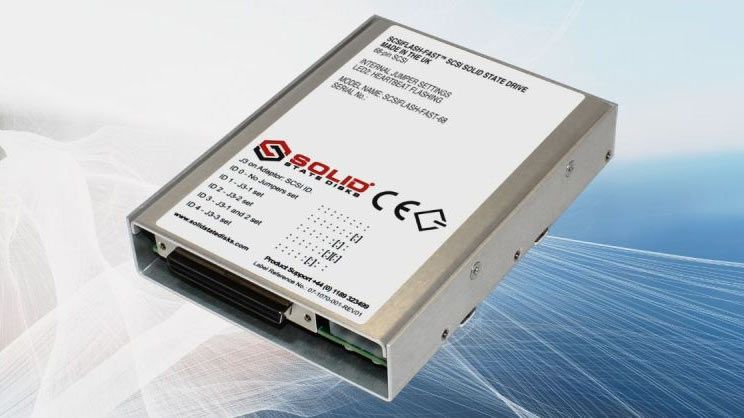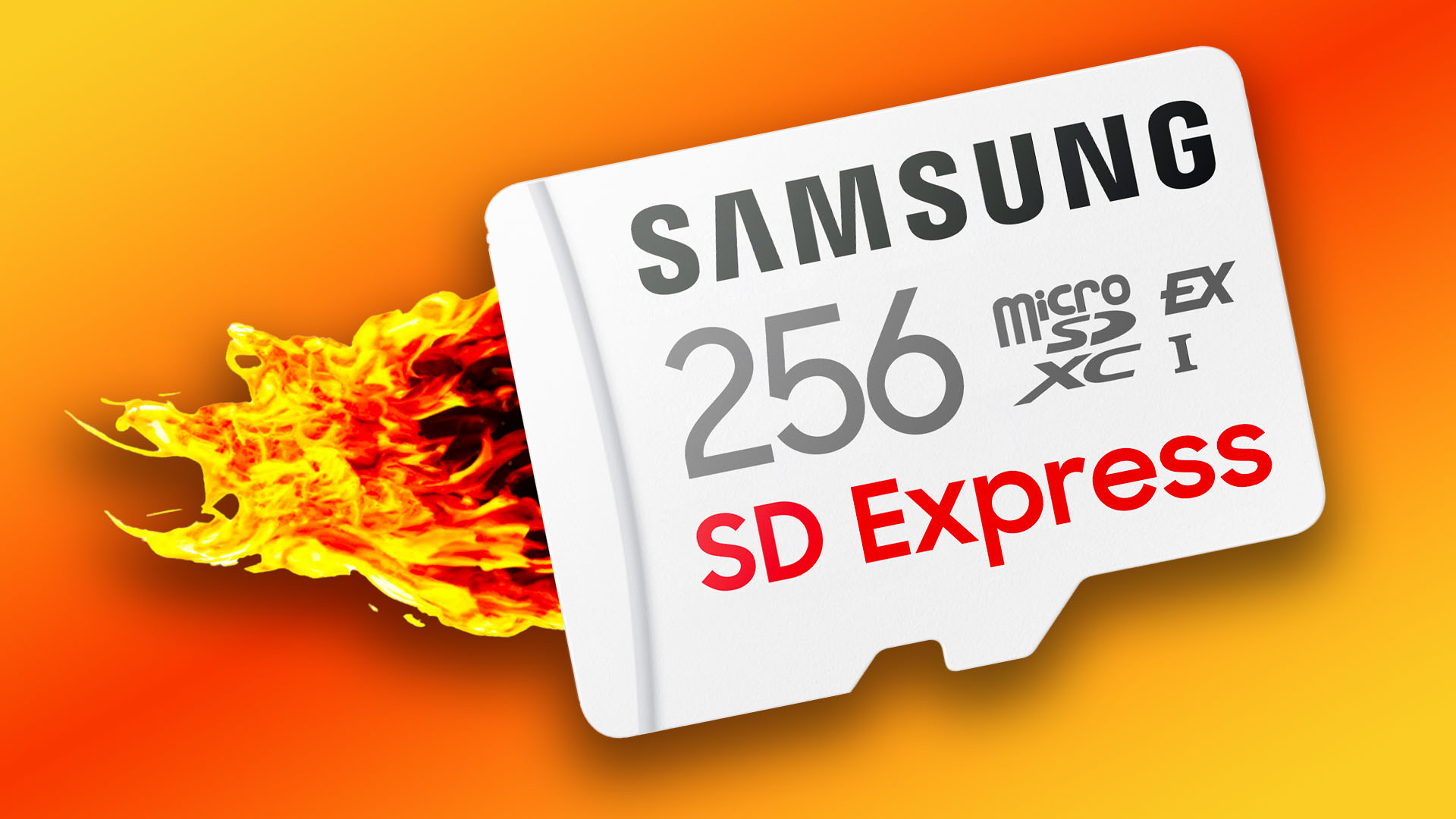With all the clone PCBs people are building, I'm curious if anyone's ever started a project to clone something like the GIGABYTE GC-RAMDISK i-RAM.
There is no point, none whatsoever. The iRAM was very expensive, too small and speed-limited by its interface.
Alternative A: Any reasonably modern SSD will be able to saturate the interface. More capacity, same speed, cheaper.
Alternative B: Add more RAM and configure it as a RAM drive. Same ballpark capacity, more speed, cheaper.
It even used a FPGA as part of the card so its not like there's any custom chips.
Any FPGA provides "custom hardware". Teach your brain to see it as a custom chip.
If you don't know the internal logic, you cannot replace or reproduce it at all. If you know the internal logic, you can only replace it with the exact same chip. And even if you have the source code, you probably won't be able to produce the same binary from it. Synthesizing the same source code twice produces different results unless you take precautions.
Replacing CPLDs or FPGAs is a big no-no. They are far, far, far, worse than PALs, and even these are huge problems for reproductions.
A more fruitful endeavor (possibly) would be to fix windows 3.1/95 memory service to directly support using virtual memory on an ISA/VLB or PCI card so the multitude of machines that had very low real or artificial memory limits could have a slightly faster memory option.
If you cannot use the memory bus, then the next fastest thing is a fast disk controller paired with a fast disk drive. High-end controllers should be able to saturate the system bus. Windows supports swapping (paging) to disk already, no need to fix anything. Driver support may be challenging.
As an example I have a 386sx-25 that lack any reasonable way of expanding memory past 2mb (maybe 4mb if I get lucky but the setup program is problematic even on isa based ram)
Then you should add RAM to the ISA bus and fix your BIOS instead. There is no point in fixing the whole world because you got scammed by a garbage BIOS. Adding ISA memory to anything beyond a 286/8 will slow down the system substantially anyway.
You might as well connect a faster disk and configure Windows to use it as a swap space.
If an ISA device were developed to allow for 16mb+ of whatever cheap commodity ram exists and it could be directly accessed as virtual memory without the disk penalty associated with creating a ram disk, you could have a moderately fast way of accessing ram based virtual memory.
You can't build an ISA device with more than 16 MB of memory without using memory banking. And if you want that, it's called EMS and easily available at Texelec or other places. Configure it as a RAM disk and let Windows swap to it. It will be slow and Windows 9x will hate you for it.
Virtual memory is called virtual because it simply doesn't exist. Software can pretend it exists, and the price is an huge performance loss. No matter how you work around the physical memory deficiency.
I just bought a ZuluSCSI and have been trying to work out which system to put it in.
From my understanding, all these devices are geared towards older, slower systems where high performance is less important. Most SD cards are not particularly fast, especially when used in a non-linear fashion, and neither are most SD controllers.
To outperform the IDE interface on a Pentium III, you'd need very much high-end gear from back in the days, which cannot be reproduced easily or cheaply. Additionally, fast SCSI devices are rare anyway.



